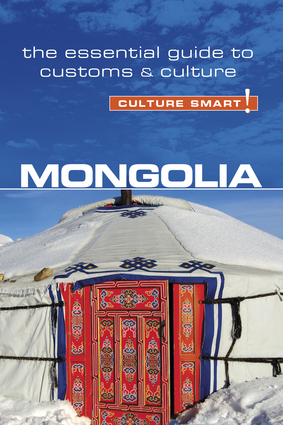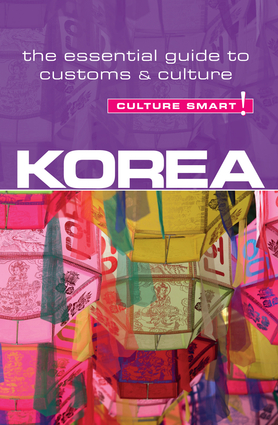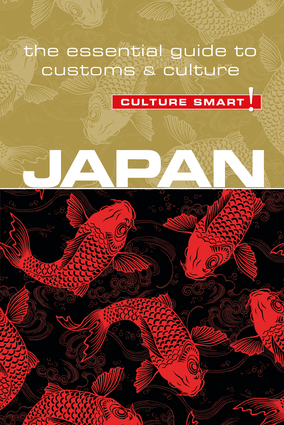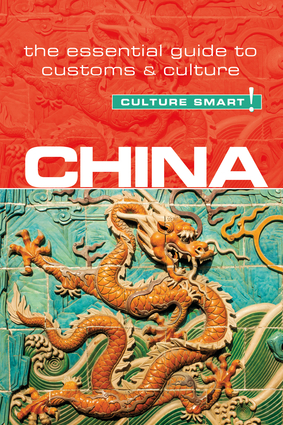East Asia
East Asia is an exciting and culturally unique corner of the world popular with tourists. Check out these 10 values and attitudes straight from our guides.
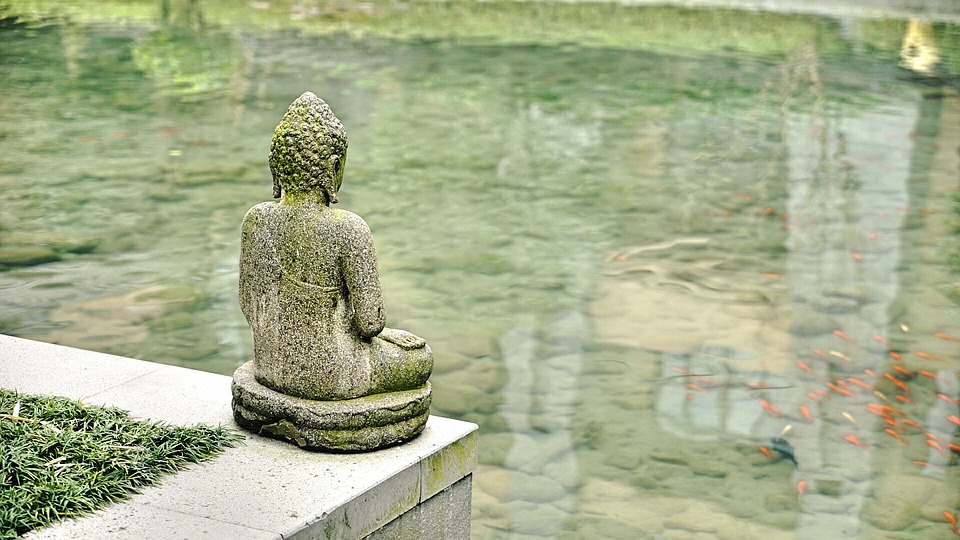 Photo credit: www.pixabay.com
Photo credit: www.pixabay.com
China
- In 2009, a brand new festival “Singles Day” was invented as a marketing ploy. The date is 11 November, or 11/11, as the four number ones symbolise four “bare sticks” (single people). Singles Day is equivalent to America’s Black Friday in terms of popularity and sales.
- The annual Moon Festival (which is around mid-September) celebrates the legend of the moon goddess Chang-O. This is a family affair to admire the full moon and eat “moon-cakes” which are round cakes with fillings such as lotus-seed paste, fruit or ham.
- If you visit a Chinese home, it’s good etiquette to bring flowers as a gift – as long as they aren’t yellow chrysanthemums or any white flower. White flowers and yellow chrysanthemums are funeral flowers, so aren’t appropriate as thank you gifts.
Mongolia
- More than half of Mongolia’s population live in traditional round tents called ger. The ger is covered in felt and canvas to keep warmth in and protect against the elements. The ger contains a stove at the centre and living quarters. New born lambs or kids are sometimes kept inside as well.
- Dairy products such as cheese and cream are the main part of the diet during the summertime. As well as sheep and cow products, Mongolian dairy items also come from yaks, goats and camels. Cheeses are dried out on the roof of the ger.
 Photo credit: www.pixabay.com
Photo credit: www.pixabay.com
Korea
- Unlike other East Asian countries, food is eaten with metal chopsticks in Korea instead of wooden ones.
- Using your left hand to offer an object to someone is offensive. Using both your hands is the best option, followed by using only your right hand.
Japan
- Tokyo has more coffee shops than any other city in the world. Tea is also very popular, and the tea ceremony chanoyu is an ancient tradition.
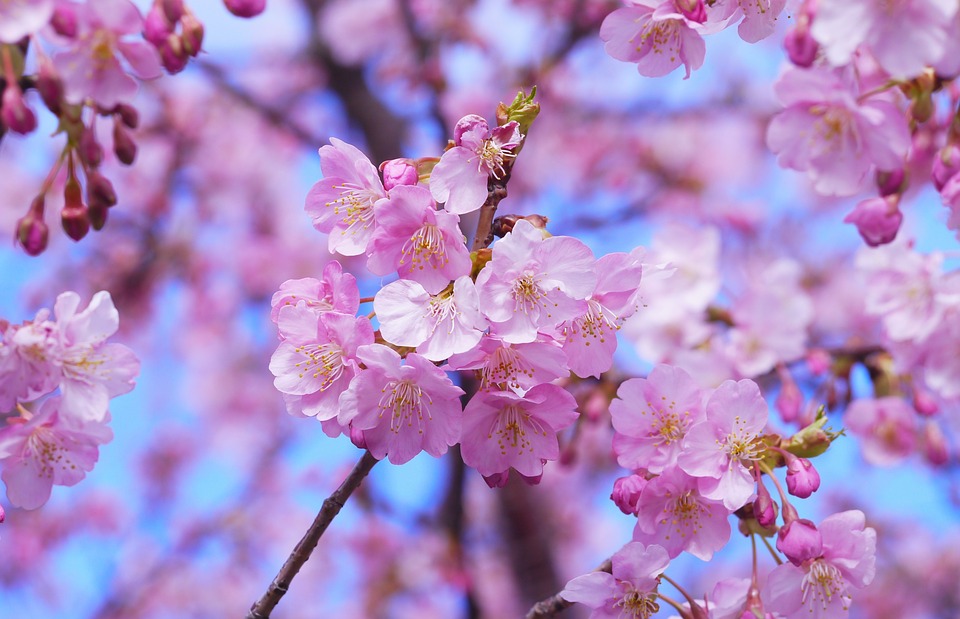 Photo credit: www.pixabay.com
Photo credit: www.pixabay.com
- The Japanese cartoon form manga is used by some government ministries when putting out new guidelines or information.
- Instead of shaking hands, bowing is the way to greet and acknowledge others in Japanese culture. Don’t worry too much about the finer points of the bowing action as it’s the gesture that counts.
You can view our books in our Asia section.
